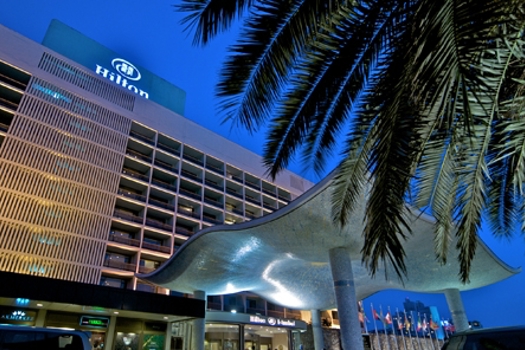One area senior leaders constantly struggle with is delivering the human capital needed to support their organisation’s strategic plans. For example, respondents to the 2019 PwC CEO Pulse survey identified the availability of key skills as the third biggest threat to the growth prospects of their firms. Our recent research points to the potential of rehiring former employees, or ‘boomerang hires’, as one means of closing this skills gap. But this involves a shift in mindset for many organisations and there is little research to help HR teams effectively target such hires.
There was a time when an employee moving on from an organisation was seen as a permanent end. Nearly half of organisations said they previously had a formal policy of not rehiring former employees, when surveyed by Kronos in 2015. However, the idea is becoming more accepted. The survey also found that 76% of employers were more open to rehiring former employees than in the past, and this is increasingly popular among employees too.
Some high-profile boomerang hires point to the potential of such an approach. Take Steve Jobs at Apple or Howard Schultz at Starbucks, or even Ole Gunnar Solskjær at Manchester United. While Solskjær has some work to do, there is little doubt that Jobs and Schultz had a transformative effect.
There is emerging evidence that points to why boomerang hires are successful. Firstly they know the organisation relatively well, which aids the transition. (The challenges faced by high performers in transferring high performance from one organisation to another are well documented.) They also return with capabilities gained in the new firm and a larger social network. Finally, a realisation that the grass is not always greener, combined with an indication of commitment from the rehiring firm, can result in increased loyalty to that firm.
So what does a typical boomerang hire look like? They tend to have had relatively short original tenures – typically less than three years.
Their time away tends to be of a relatively short duration – also in the region of three years or less. Having maintained a relationship with a former manager is a key factor; fewer than one in five boomerang employees apply directly for a role without this prompt or link.
Our ongoing research with JR Keller and Rebecca Kehoe at Cornell University and Matthew Bidwell at the Wharton School, University of Pennsylvania suggests that boomerang hires are paid less than similarly-qualified external hires. They also perform better than external hires when they return. They can target roles that are a better fit for their capabilities, and hiring managers can also ensure a good fit for the new role. Finally, these rehires tend to progress their careers more quickly on their return and are less likely to leave.
There are five key steps firms can follow in developing a boomerang pipeline:
1. Manage the offboarding experience to ensure employees leave with a positive view of the organisation, unless they leave for a direct competitor or under negative circumstances.
2. Develop an alumni programme to keep in touch with former employees.
3. Resource the alumni programme with a technology platform, and ensure someone owns the programme internally.
4. Keep alumni links live with events and communication.
5. Leverage relationships to actively pursue alumni for appropriate roles.
Given the talent challenge facing most organisations globally, combined with the potential offered by boomerang hires, tapping into this pool in a strategic way appears to be a valuable opportunity.
David Collings is professor of HR management and associate dean for research at Dublin City University Business School









